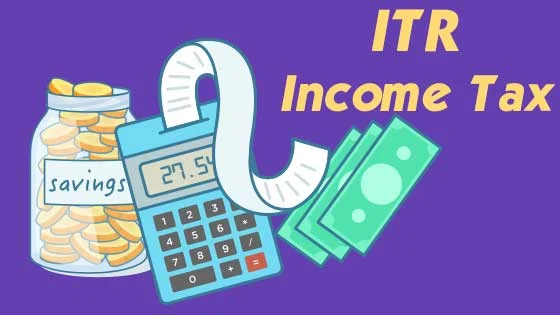Filing income tax returns is an important obligation for every taxpayer in India. It not only ensures compliance with the tax laws but also helps in avoiding any penalties or legal issues. The Central Board of Direct Taxes (CBDT) has recently released the income tax return forms applicable for the financial year 2022-23 (Assessment Year 2023-24). In this article, we will provide a complete guide to the ITR forms applicable for this financial year and discuss the eligibility criteria, nature of income, and other relevant details.
Filing income tax returns is an important obligation for every taxpayer in India. It not only ensures compliance with the tax laws but also helps in avoiding any penalties or legal issues. The Central Board of Direct Taxes (CBDT) has recently released the income tax return forms applicable for the financial year 2022-23 (Assessment Year 2023-24). In this article, we will provide a complete guide to the ITR forms applicable for this financial year and discuss the eligibility criteria, nature of income, and other relevant details.
ITR Forms Applicable for FY 2022-23 (AY 2023-24):
The CBDT has notified the following ITR forms applicable for the FY 2022-23 (AY 2023-24) through Notification No. 04/2023 and Notification No. 05/2023:
- ITR-1 (Sahaj): This form is applicable for individuals having income from salaries, one house property, and other sources, provided the total income does not exceed Rs. 50 lakhs. The taxpayer should not have any losses brought forward or carried forward under any head of income, except house property.
- ITR-2: This form is applicable for individuals and Hindu Undivided Families (HUFs) having income from all heads except income from business or profession. There is no income limit for using this form.
- ITR-3: This form is applicable for individuals and HUFs having income from all heads of income, including income from business or profession. There is no income limit for using this form.
- ITR-4 (Sugam): This form is applicable for individuals, HUFs, and firms (other than LLPs) having income from all heads of income, provided they have opted for presumptive taxation under Section 44AD, 44ADA, or 44AE of the Income Tax Act. The total income should not exceed Rs. 50 lakhs, and the taxpayer should not have any losses brought forward or carried forward under any head of income.
- ITR-5: This form is applicable for all persons except individuals, HUFs, and companies who are required to file their returns under ITR-7. There is no income limit or residential status requirement for using this form.
- ITR-6: This form is applicable for companies other than those filing their returns under ITR-7. There is no income limit or residential status requirement for using this form.
- ITR-7: This form is applicable for persons including companies, required to furnish their return under Sections 139(4A), 139(4B), 139(4C), or 139(4D) of the Income Tax Act. There is no income limit or residential status requirement for using this form.
Key Takeaways
With the Income Tax Department notifying the ITR forms for the financial year 2022-23, it is important to understand which form is applicable to you for filing your income tax return. The ITR forms are specific to the type of taxpayer and their income sources.
It is important to select the correct form while filing your income tax return as selecting the wrong form may result in your return being rejected or being subject to scrutiny, leading to multiple adverse consequences.
It is advisable to seek the help of a professional tax consultant while filing your income tax return to ensure that you choose the correct ITR form and avoid any errors or discrepancies.

